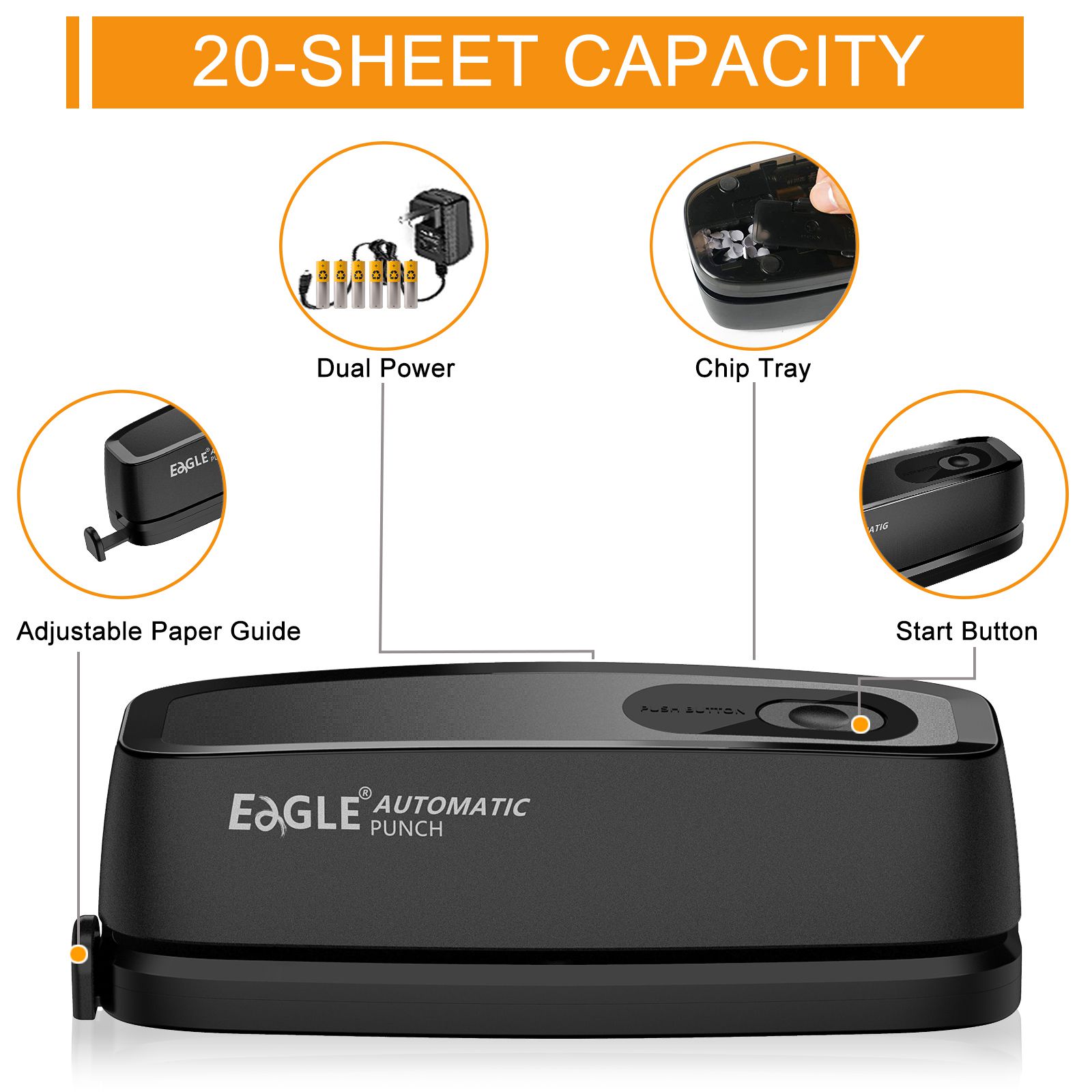In an office environment driven by documentation, filing, and record keeping, choosing between a two-hole punch and a three-hole punch isn’t just a matter of personal preference — it’s a decision that impacts efficiency, compatibility, and long-term cost. While both options serve the fundamental function of organizing paperwork, understanding their differences in design, usage, and benefits is essential to optimizing workflow.
A two-hole punch typically creates two evenly spaced holes, usually centered at the top of a document. This format is widely used for file folders, especially those with fastener mechanisms.
Saves Filing Space: Files punched at the top and stored vertically take up less lateral space.
Ideal for Compact Filing Systems: Many businesses, especially medical and legal offices, use two-hole punched documents for top-tab folders.
Faster Access: Removing or reordering documents in top-punched folders is often quicker than in binders.

A three-hole punch is the standard in the United States for preparing documents to be stored in three-ring binders. The three holes are evenly spaced along the left edge of the paper, offering a balanced, sturdy hold.
Perfect for Binders: Designed specifically for standard binders, providing secure storage and easy flipping.
Better Page Stability: Documents are less likely to tear or sag, especially with heavy use.
Versatile and Widespread: Common in schools, offices, and homes, making document sharing easier.
When evaluating the long-term cost-efficiency, consider the following:
Punches typically cost less upfront due to simpler mechanisms.
Folders with fasteners are often cheaper than high-quality three-ring binders.
Lower maintenance required as fewer moving parts are involved.
Higher initial cost for sturdy, multi-sheet Paper punches.
Binders can be more expensive, especially those with heavy-duty rings.
However, binders last longer and can be reused more often, increasing long-term value.
Verdict: If you're looking for the lowest upfront investment, two-hole systems are more economical. But for reusability and durability, the three-hole punch wins.
One major deciding factor is how documents are stored and whether they need to be shared externally.
Used in vertical filing cabinets.
Favored in industries like legal, insurance, and healthcare.
Compatible with prong fastener folders and accordion folders.
Best for offices that store documentation in binders.
Great for training manuals, presentation decks, and school curriculum.
Easier to transport and review, especially for collaborative environments.
Protecting the integrity of documents, especially frequently accessed ones, is crucial.
Limited page turning; not ideal for frequent handling.
Fasteners may cause paper creasing over time.
Less protective unless combined with plastic sleeves or covers.
Superior for heavy handling.
Binder mechanisms protect holes from tearing.
Supports additional accessories like dividers and sheet protectors.
Office tools should not only be functional but also user-friendly.
Lightweight and easier to operate.
Less strain when punching fewer pages.
Faster for quick, top-punch filing tasks.
May require more manual effort, especially for thick stacks.
Models with adjustable levers or electric options improve usability.
Offers more organized output, ideal for long reports and manuals.
In today’s eco-conscious workplace, sustainable choices matter.
Binders used in three-hole systems are often recyclable or reusable.
Two-hole punched folders tend to be made from recyclable cardboard, reducing plastic use.
Electronic punch systems, available for both types, reduce physical effort and increase consistency, thus reducing waste due to misaligned holes.
| Use Case | Two-Hole Punch | Three-Hole Punch |
|---|---|---|
| Quick Filing | ✔️ | ❌ |
| Legal or Medical Office | ✔️ | ❌ |
| Education or Corporate Training | ❌ | ✔️ |
| Frequent Document Handling | ❌ | ✔️ |
| Binder Organization with Tabs | ❌ | ✔️ |
| Minimal Storage Space | ✔️ | ❌ |
Ask yourself the following:
Do I need to move pages around often? Choose a three-hole punch.
Is my space limited or vertical filing preferred? Opt for a two-hole punch.
Am I working with clients or external partners? Go for a three-hole punch with presentation-ready binders.
Is cost or speed more important to my workflow? Stick with two-hole systems for faster access and lower cost.
Choosing between a two-hole vs three-hole punch ultimately depends on your business workflow, document handling frequency, and storage system. While the two-hole punch offers speed and compact filing solutions, the three-hole punch provides unmatched versatility and long-term durability.
For most modern workplaces that value reusability, sharing, and presentation, the three-hole punch emerges as the superior tool. However, for industries where documentation is stored and rarely accessed again, the two-hole system remains a smart, cost-saving choice.
As a leading Automatic Hole Punches Supplier, Eagle understands the importance of efficient document organization in today's fast-paced office environments. Hole punch tools, both manual and electric, play a crucial role in organizing paper for filing and binding. This guide will compare the Hand Metal Hole Punch and Automatic Punch Hole Tool options, examining the benefits of electric hole punches and how they impact efficiency and cost in modern offices.
Previous: None
Next: None
Comments
Please Join Us to post.
0